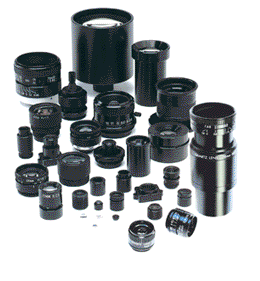High resolution lenses for machine vision — standard and custom lens design
Understanding ‘Insect Locomotion’ with high speed imaging equipment
High Resolution Lenses for machine vision, instrumentation, inspection and vibration-sensitive applications. Standard and custom hi-res lens assemblies.

High Speed Imaging Equipment
Researchers at Harvard University in Cambridge, Massachusetts recently began studying what goes into the locomotion and mechanisms associated with insect movement. Through the course of the study, the researchers hope to come to an understanding of how specific species evolved and developed predation, and other, skills. The researchers hope to break the information down and incorporate the biologically inspired movements of insects into robotic systems.
To understand the movement, researchers constructed an environment that mimics the dragonfly’s natural habitat. The habitat is equipped with high speed imaging equipment to capture the insect in movement. Because dragonflies capture prey while flying from stems and reeds on which they’ve perched, the high resolution lens cameras were tasked with not only operating at high speed, but capturing the data in 3D. Once the dragonflies were released into the environment and their movements were captured, fruit flies were released and the images were captured for sequencing and research.
In past experiments high-speed stand alone high resolution lens cameras were utilized and while they were useful, they were limited by the amount of information they could capture before needing to transmit it to a computer host, and valuable predation events were likely missed. Researchers placed eight cameras at various locations at various heights in order to capture the movement. Once the images were captured, they were then transmitted to the computer host and synchronized using digital video-recording software.
To properly analyze the movements, the images are reformatted into AVI images. The researchers will then visually “tag” the thorax of both the fruit fly and the dragonfly with 3D positional and temporal information for each movement sequence. The researchers at Harvard developed a program to assist in the interpretation of the image data. Researchers believe this study will help them better understand, and be able to incorporate, the movement of insects into human robotic equipment.